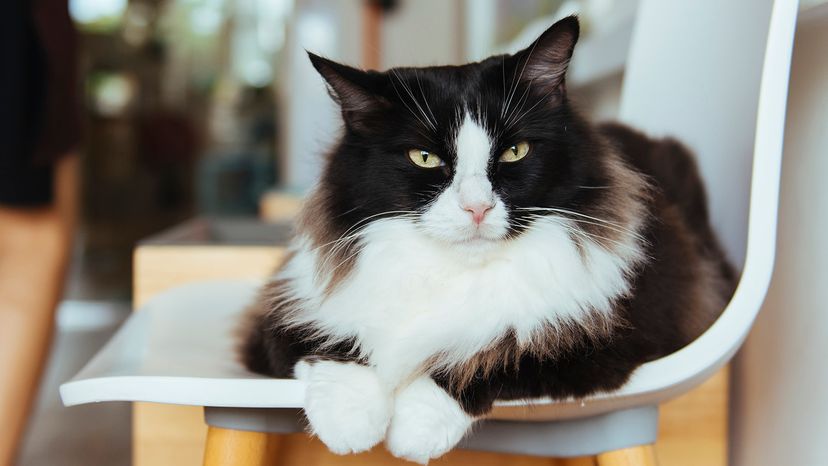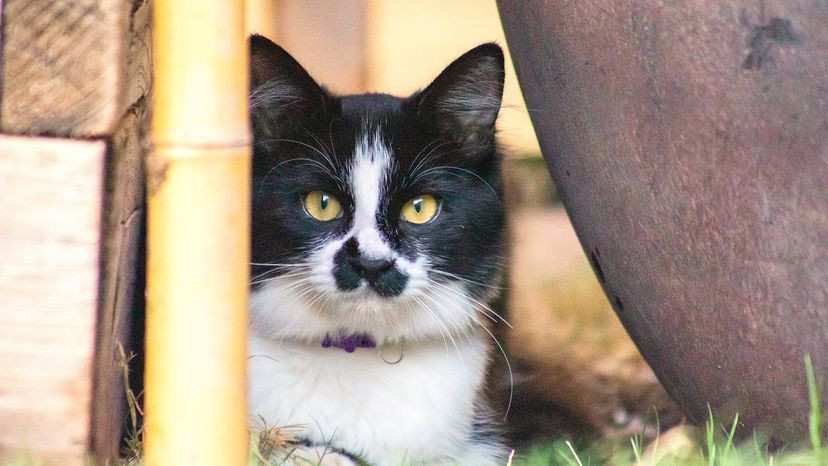
Tuxedo cats look like they're always dressed to impress. With their crisp black-and-white markings, it's no surprise these felines are favorites in cartoons, ads, and homes around the world. But there's a lot more to a tuxedo cat than its dapper looks.
Despite what some might think, "tuxedo" isn’t a specific breed; it’s a type of coat pattern that shows up in many cat breeds.
Advertisement
These bicolor cats are instantly recognizable thanks to their black fur and white accents, often found on the throat, paws, belly, chin and even the tail. Sometimes it looks like they're wearing socks, a hat or a miniature tuxedo jacket.

